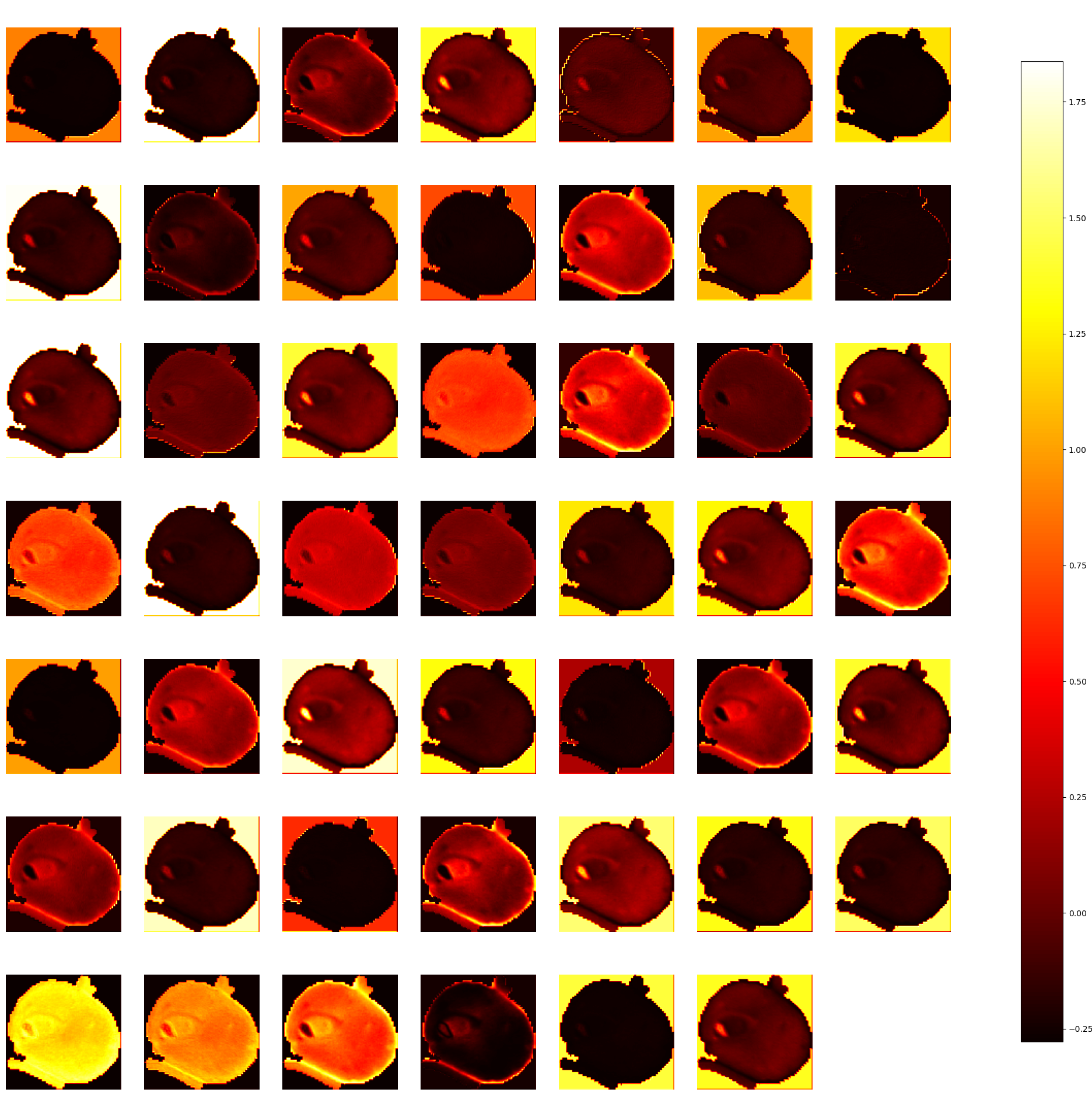Detect malaria using NIH parasitized cell slide image dataset and the Google EfficientNet architecture.
| Directory | Description |
|---|---|
results |
Results of training the model on an AWS EC2 "p3.2xlarge" instance. |
results/by_batch_size |
Graphs of accuracy and loss for each minibatch size tested, as well as two graphs that contain all those results combined. |
results/final_model |
The trained, full model. |
The model included in the results is not the divergent model used in the paper and presentation, instead it is a model which properly converged. The solution to the issue of divergence in the original model was the use of image preprocessing and a lack of available data. Data augmentation and removal of image preprocessing resolved the convergence issues to produce a model which achieves 95.8% accuracy with a categorical cross-entropy loss of 0.128.
- Install Anaconda (https://www.anaconda.com/products/individual)
conda create --name tfgpu tensorflow-gpuconda activate tfgpupip install -U git+https://github.com/qubvel/efficientnetpip install -U scikit-learn- Navigate to be inside the repository directory
wget ftp://lhcftp.nlm.nih.gov/Open-Access-Datasets/Malaria/cell_images.zipunzip cell_images.zipmv cell_images/ data/python malaria.py
